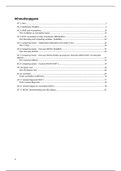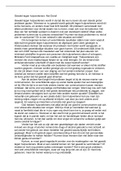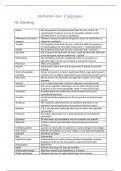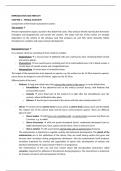Samenvatting
Samenvatting Statistiek voor bachelors CIW
- Instelling
- Tilburg University (UVT)
Samenvatting van de hoorcolleges/slides EN PU's van het vak "Statistiek voor Bachelors CIW" dat in het 1e jaar wordt gegeven binnen de opleiding Communicatie- en Informatiewetenschappen. Hierbij is ook het boek "Discovering Statistics Using IBM SPSS Statistics" gebruikt. Naast de samenvatting h...
[Meer zien]










